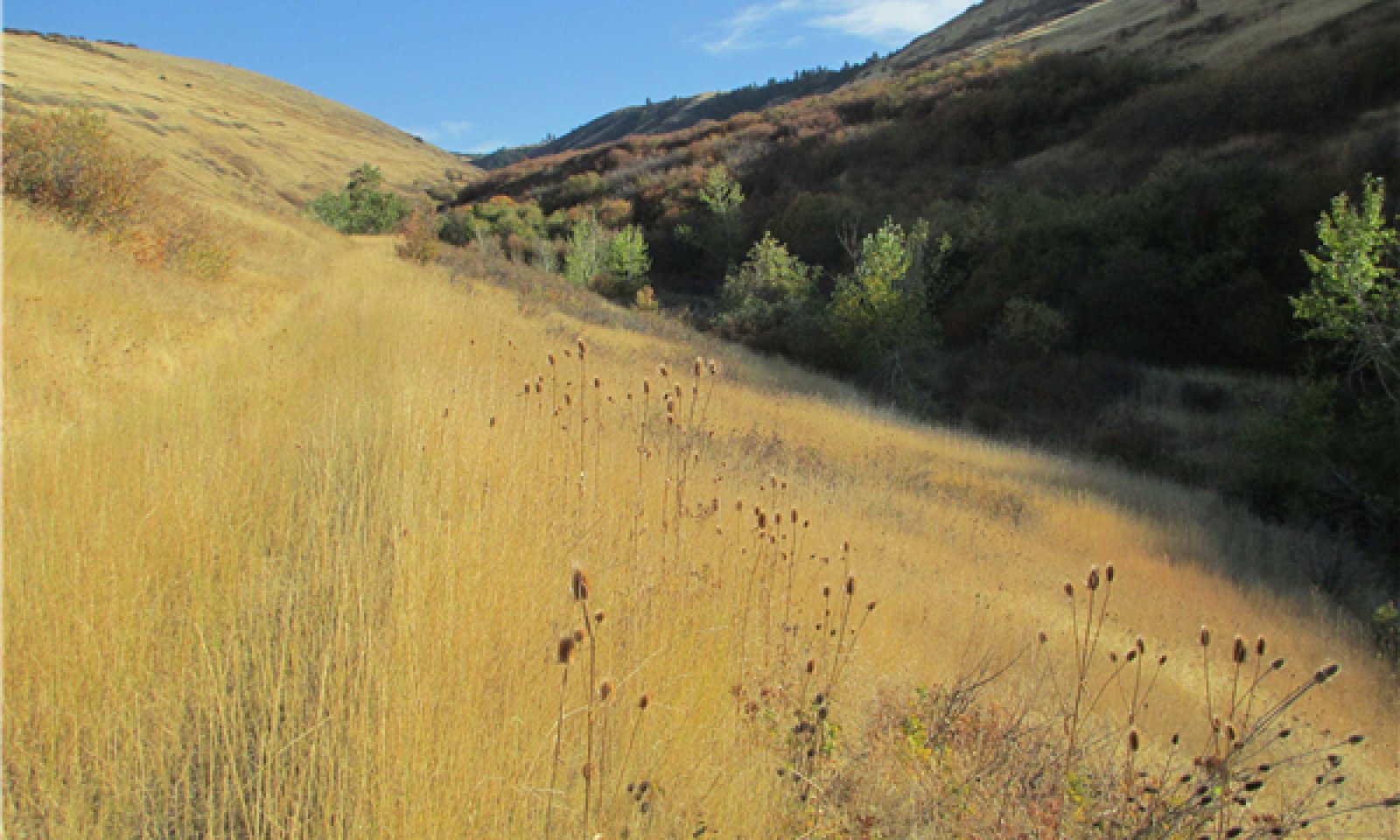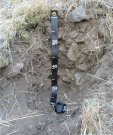
Moderately Sloping Confined Intermittent Riparian Complex
Scenario model
Current ecosystem state
Select a state
Management practices/drivers
Select a transition or restoration pathway
- Transition T1A More details
- Restoration pathway R2A More details
-
No transition or restoration pathway between the selected states has been described
Target ecosystem state
Select a state
Description
The historic or unaltered condition for this ecological site is based on current conditions and expected stream development in the associated valley type and valley slope (5 to 10 percent). It is presumed that historically these channels were less incised, with stable stream banks, and denser, more diverse riparian vegetation. Most of this ecological site has been disturbed by grazing, dirt roads, non-native species, and other disturbances, so it is difficult to find data to describe the unaltered state and phase.
Submodel
Description
This state develops as the channel incises and eventually reaches equilibrium, such as after channel straightening or following a major erosion event. As the channel establishes a new grade equilibrium, the banks may stabilize, but the new channel can be incised three to fifteen feet below the adjacent terrace. Because of the steep incision and limited extent of a floodplain or low terrace, riparian vegetation has changed composition. The majority of this ecological site currently exists in this state. There is one phase identified for this state, with one community component associated with the stream terrace.
Submodel
Mechanism
The most common trigger for this transition is a change in sediment supply or stream flow. Increased erosion may occur as a result of overgrazing along the channels or in the surrounding hills.
Mechanism
Restoration from State 2 to State 1 would involve intensive stream surveying in order to determine the best restoration approach. Restoration may be difficult due to the deep incision that is present in throughout these channels. Riparian vegetation may benefit from grazing exclusion or intensified grazing management.
Model keys
Briefcase
Add ecological sites and Major Land Resource Areas to your briefcase by clicking on the briefcase (![]() ) icon wherever it occurs. Drag and drop items to reorder. Cookies are used to store briefcase items between browsing sessions. Because of this, the number of items that can be added to your briefcase is limited, and briefcase items added on one device and browser cannot be accessed from another device or browser. Users who do not wish to place cookies on their devices should not use the briefcase tool. Briefcase cookies serve no other purpose than described here and are deleted whenever browsing history is cleared.
) icon wherever it occurs. Drag and drop items to reorder. Cookies are used to store briefcase items between browsing sessions. Because of this, the number of items that can be added to your briefcase is limited, and briefcase items added on one device and browser cannot be accessed from another device or browser. Users who do not wish to place cookies on their devices should not use the briefcase tool. Briefcase cookies serve no other purpose than described here and are deleted whenever browsing history is cleared.
Ecological sites
Major Land Resource Areas
The Ecosystem Dynamics Interpretive Tool is an information system framework developed by the USDA-ARS Jornada Experimental Range, USDA Natural Resources Conservation Service, and New Mexico State University.




